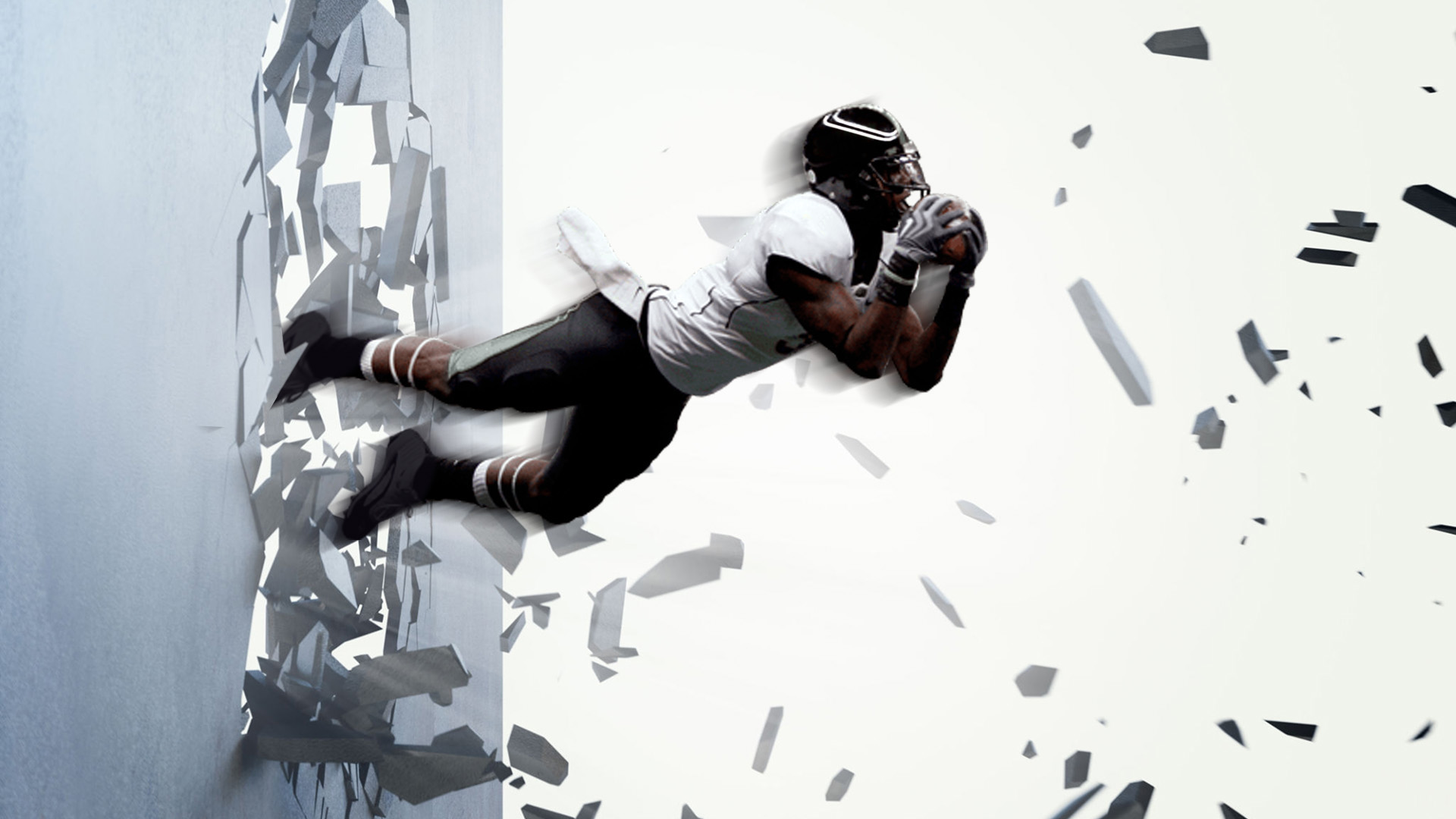Wall Drillers
The title is funny but the subject is serious… Big people, muscular or muscular, running around like crazy, hitting each other, as if they hit the wall, they would pierce the wall! We're talking about American football. It is a sport that seems to belong to only a few countries, but is loved all over the world.
.jpg)
So how is it that despite being such a tough sport, no one gets hurt? Just strength and training? Of course no. Thanks to the helmets and the equipment that protects their bodies, serious injuries are prevented and today, of course, the plastics industry provides these equipment.
Today's football helmet is not only a far cry from the leather helmets common in the early days of the game, but also a much more engineered protective device than it was 10 years ago. Plastics are an integral part of the contemporary football helmet and are supplied with an eye for circularity so that they can be reused for 10 years with reconditioned equipment.
.jpg)
The plastic football helmet was invented by Riddell in 1939, but due to a shortage of materials, World War II. It was not used until World War II. The suspension system of John T. Riddell's company took its place in our lives in the form of the army's then-new M1 helmet.
According to Thad Ide, Riddell's Senior Vice President of Research and Product Development, Riddell uses a combination of plastics in most of its helmet components. They contain thermoplastics - polycarbonate alloys, ABS alloys, TPUs and ionomers - for shells, face mask linings, internal components and connection hardware; thermoset plastics such as foamed polyurethane for shock reduction; and reactive polymer dyes. “These have improved in many ways over the years,” explained Ide, “the durability and workability of shell materials and face mask coatings; impact response for cast polyurethane; and decoration aspects associated with paints.” Ide said Riddell works closely with material suppliers "not just to achieve specific material property goals regarding durability, longevity and impact reduction." "We're constantly pushing our suppliers to improve key features to meet Riddell's goals of protecting athletes and helping them do their best on the field.".jpg)
Riddell automates many assembly operations to meet Industry 4.0 imperatives. Ide said the injection molding and foam casting processes, as well as the post-process punching and trimming of some components, are done almost entirely by robots. “However, making and assembling new football helmets and reconditioning helmets after playing a season are manual, craftsman-like processes due to the specific nature of the product. Helmet size and style, face mask style and color, accessory selection and decoration features are all custom-tailored.”
With regular renewal and recertification, he continued: “Football helmets are suitable for use on the field for 10 years. This keeps recyclable and otherwise repairable equipment out of landfills and helps our customers carry out their own sustainability efforts, which are becoming increasingly important to the market.”
We see that American football, which is a big industry and an important part of show business, has also started and advanced its work on recycling.



